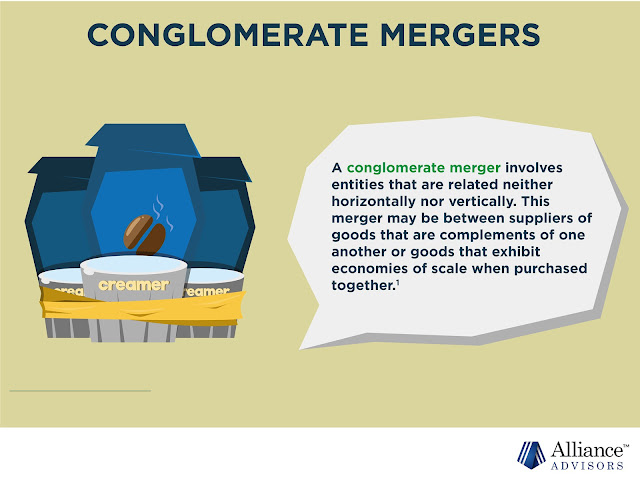Vertical Merger

What is a 'Vertical Merger' A vertical merger is the merger of two or more companies involved at different stages in the supply chain process for a common good or service. Most often, the merger is purposed to increase synergies, gain more control of the supply chain process, and increase business. Also, it often results in reduced costs and increased productivity and efficiency. For An Example An example of a vertical merger is a car manufacturer purchasing a tire company. Such a vertical merger reduces the cost of tires for the automaker and potentially expands its business by allowing it to supply tires to competing automakers. This example shows how a vertical merger can be twice as beneficial to the company conducting the integration. Initially, the firm benefits from reduced costs, which lead to increased profits. The second benefit is an expansion in revenue streams that also increases the bottom line . A notable vertical merger was...
